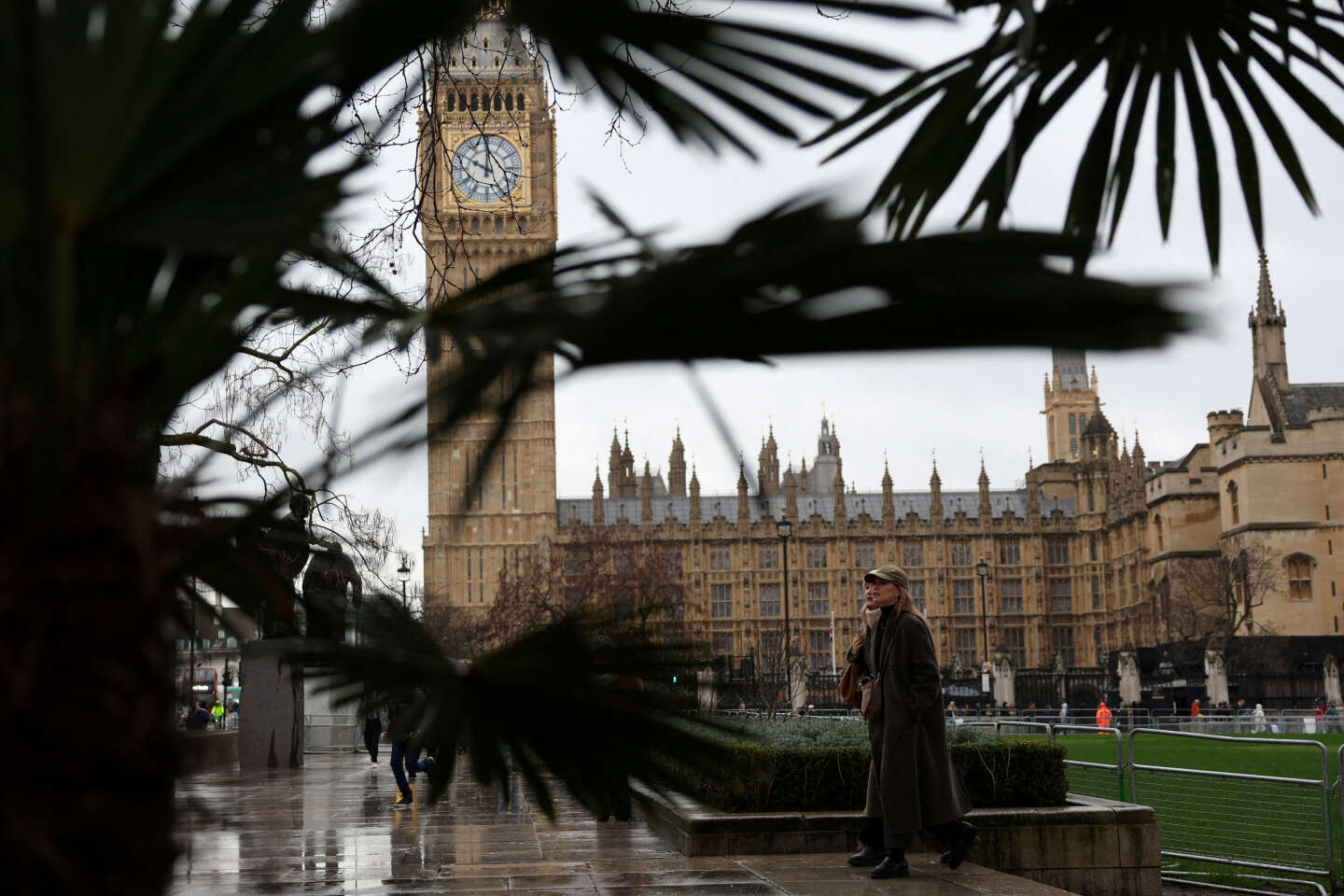On the night of February 23 to 24, 1987, several amateur and professional astronomers in the Southern Hemisphere observed an exceptional and rare event. The star had just ended its life in a massive supernova. This supernova is located in the Large Magellanic Cloud, only 165,000 light-years away, and was the first supernova that could be seen with the naked eye in four hundred years, and the supernova that preceded it was the Kepler supernova that was observed in 1604.
This new supernova, called SN 1987A, has been, and continues to be, scrutinized with all the modern equipment available to astrophysicists. The latter significantly detected neutrinos emitted during the explosion, confirming the formation of a compact object such as a neutron star or a black hole. But until now it has not been identified in the core of supernova debris. It was found by Claes Fransson, from Stockholm University, and his colleagues using a space telescope JWST.
This question has remained unresolved for almost forty years. However, the scenario is well known: when a star with a mass more than eight times that of the Sun reaches the end of its life, it collapses in on itself due to its own gravity. During the implosion, the outer layers of the star bounce off the compact core and are violently expelled in the form of gas, dust, high-energy particles and intense radiation: this is the visible part and the amazing supernova. The core of the star becomes a compact object, a neutron star or a black hole (a fate that depends on the mass of the progenitor star). This formation in a compact body is manifested by the emission of an intense flux of neutrinos.
Analysis of images leading up to the explosion identified the progenitor star as a blue giant with a mass of 15 to 20 solar masses. This mass is insufficient to directly form a black hole, and some indirect evidence, the duration of neutrino emission in particular, suggests that the star's core generated a neutron star. But where was she?
In 1989, a team of astrophysicists announced that they had detected a signal from a pulsar in the core of the remnant of SN 1987A. A pulsar is a rapidly rotating neutron star that emits a very regular periodic signal, like a lighthouse. But this signal has not been confirmed by another team. In 1990, the space telescope Hubble He took a picture of the supernova remnant, without being able to clearly identify the presence of a neutron star at its center. Researchers have proposed different explanations for this absence: the star is obscured by a very dense cloud of dust, or it could turn into a black hole due to the flow of gas and dust immediately after the explosion, or the pulsar's beam is not directed in our direction…
However, the search for the compact object continued. Recently, Claes Fransson and his colleagues performed a spectroscopic analysis of the gas and dust cloud using a space telescope JWST (Particularly with the MIRI thermal infrared instrument, which was largely built at CEA under the auspices of the French National Center for Space Studies), with the benefit of its exceptional resolution and sensitivity. The researchers discovered emission lines consistent with argon and sulfur (elements produced by the burning of oxygen and silicon in the protostar). They interpret this data as atoms in the gas cloud, ionized by a source emitting strong radiation and located near the center of the explosion. This source is likely to be a neutron star (with different scenarios, depending on whether the star is a pulsar or not, for example). Moreover, due to the conditions of its formation, this neutron star will not be stationary at the center of the expanding debris cloud, but will be moving at a speed of about 400 kilometers per second, relative to the cloud's frame of reference.
Download the PDF version of this article
(Intended for digital subscribers)

“Music guru. Incurable web practitioner. Thinker. Lifelong zombie junkie. Tv buff. Typical organizer. Evil beer scholar.”


:format(url)/cloudfront-us-east-1.images.arcpublishing.com/lescoopsdelinformation/MJJLV2ZZGRA7NOZ7RPP6N5DJFI.jpg)




More Stories
In collaboration with USTHB and ETUSA: a flag for all convoys across Algiers Province
The effectiveness of low-carb diets has been confirmed
Peptides key to the origin of life?